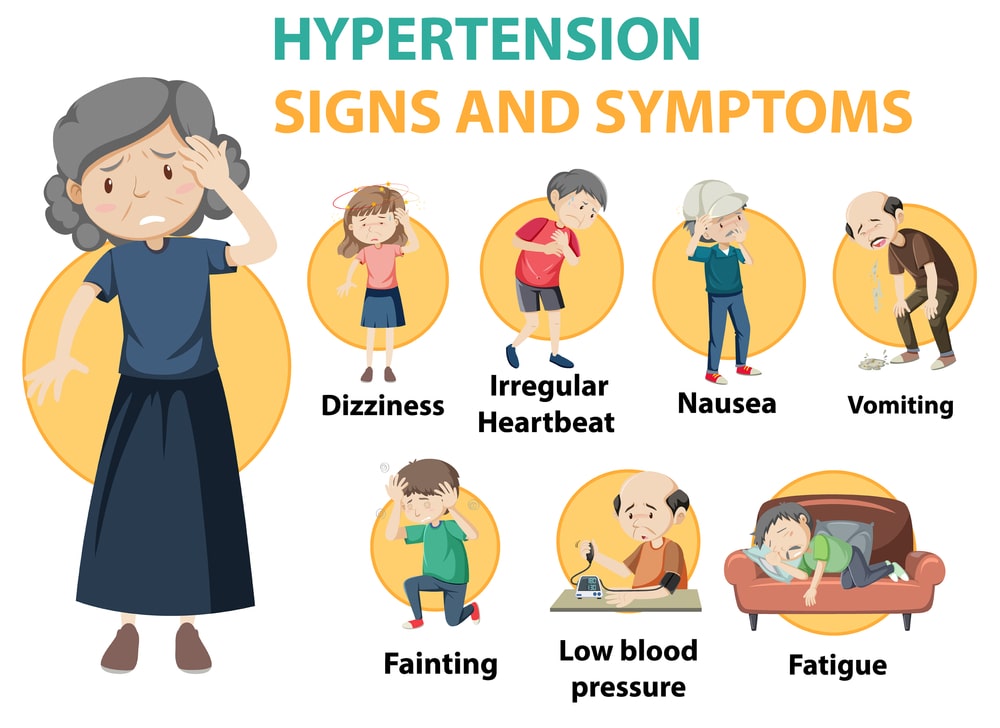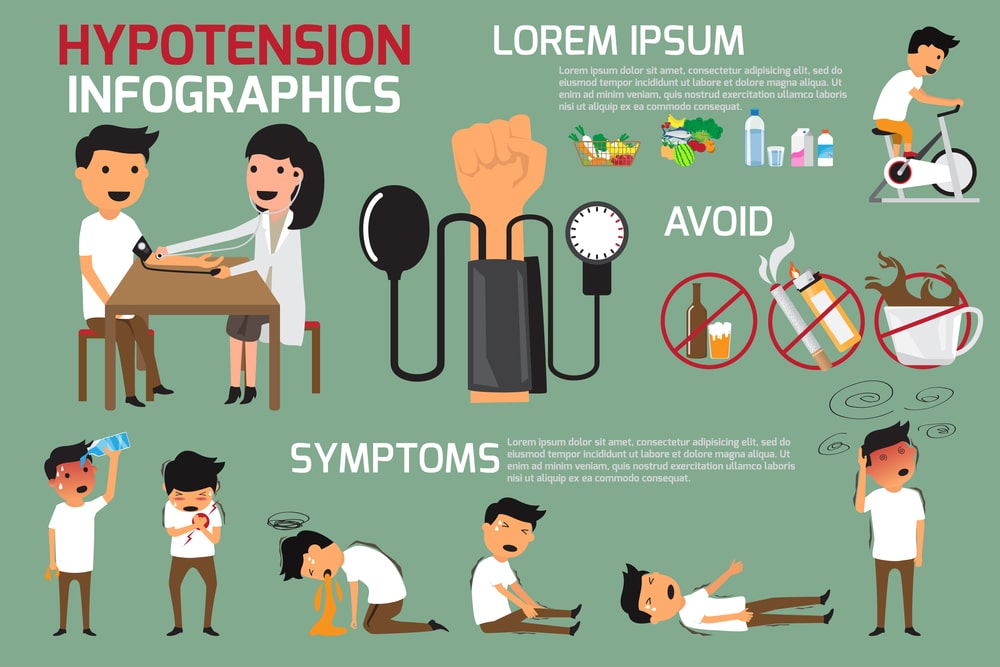Prevention and Control of Hypertension: Hypertension in the population presents a significant public health concern. It is linked to cardiovascular disorder. The higher the blood pressure, the greater the risk of coronary artery illness.
Hypertension is subdivided into primary and secondary hypertension. Essential hypertension is called primary hypertension. Essential hypertension is about 90 percent of all hypertension cases. Secondary hypertension is one when some other disease process or abnormality is involved in its causation. For example; glomerulonephritis, chronic pyelonephritis, toxemias of pregnancy, and tumors of adrenal glands are Secondary hypertension accounts for 10 percent of cases of hypertension.
Hypertension is a worldwide health disorder. It is a problem in India also. The prevalence of hypertension was found to be 59.9 and 69.9 per 1000 in males and females respectively in the urban population and 35.5 and 35.9 per 1000 in males and females in a rural population in a study conducted in Rohtak to represent the urban population and others in a village in Haryana to represent the rural population in India. Blood pressure has been classified into the following categories (Table 1):
Table 1: Stages of Hypertension and Blood pressure
| Stage | Systolic | Diastolic |
| Normal Stage I hypertension Stage II hypertension Stage III hypertension | < 130 mm of Hg 140-159 mm of Hg 160-179 mm of Hg >180 mm of Hg | 85 mm of Hg 90-99 mm of Hg 100-109 mm of Hg >110 mm of Hg |
Agents
Table of Contents
- Pressure rises on an increased intake of saturated fat.
- An elevated risk of high blood pressure is associated with high alcohol consumption.
- In diet, high salt intake (7 to 8 gm/day) increases the blood pressure proportionality.
- Due to the estrogen component in combined preparations, oral contraceptives often cause hypertension.
- Studies have shown an association of blood pressure with genetic factors.
Host Factors
- BP is considered to be associated with age. It increases with age in both sexes. But in some populations (primitive societies) mean blood pressure has not risen with age shown in some studies.
- Early in life, there is no difference in blood pressure between the sexes. The difference between narrowing and post-menopausal changes in women late in life is a contributory factor to this change.
Environmental Factors
- Psychosocial causes such as; stress, anxiety, tension, work actively or unconsciously through mental processes to produce hypertension.
- In lower socioeconomic groups in countries that are in the post-transitional stage of economic and epidemiological change, high blood pressure has been noted.

Prevention and Control of Hypertension
(1) Early case detection and treatment: The aim is to control the disease. One of the important diagnostic approaches for hypertension is screening. Hypertension management decreases the risk of stroke and complications that can be accomplished by hypertension (anti-hypertension) diagnosis and treatment. High blood pressure care typically needs to be life-long. To create enforcement, there is a need. It is possible to achieve compliance through education targeted at patients, families, and the community. This is part of secondary Prevention.
(2) Health promotion: By decreasing the risk factors, health can be promoted. Promoting health is a part of primary prevention. It contains all the steps to minimize the incidence of disease by reducing the risk of onset in a population. To achieve its efficacy, this should be started early.
(3) Nutrition: Hypertension can be reduced by altering the diet. So, dietary changes are considered an important factor. It includes:
- Reduce salt intake (Not more than 5 gm/day).
- Reduce fat intake and consume in moderate amount.
- Appropriate amount of calorie intake Le., according to body needs.
(4) Reduce the weight: Hypertension can be controlled by reducing the body weight, as it is associated with increased blood pressure.
(5) Physical activity and Regular Exercise: A decrease in body weight, blood lipids, and blood pressure can be related to physical activity and daily exercise.
(6) Lifestyle changes: For reduction of hypertension, reduce the stress, smoking, and modify personal lifestyle. Not only this, there is a need to do yoga and meditation, which can be profitable in reducing stress. Thereby reducing hypertension.
(7) Encourage Self Care Activities: Hypertension can be reduced by encouraging people to take care of themselves by taking their blood pressure and keeping a record and consulting health care services whenever required. Also guiding the people to achieve compliance with medication.
(8) Health Education: The general public should be educated related to the risk factor and related health behavior. People should be aware of the modification to be made in their life to prevent hypertension.
Make sure you also check our other amazing Article on : Dengue
